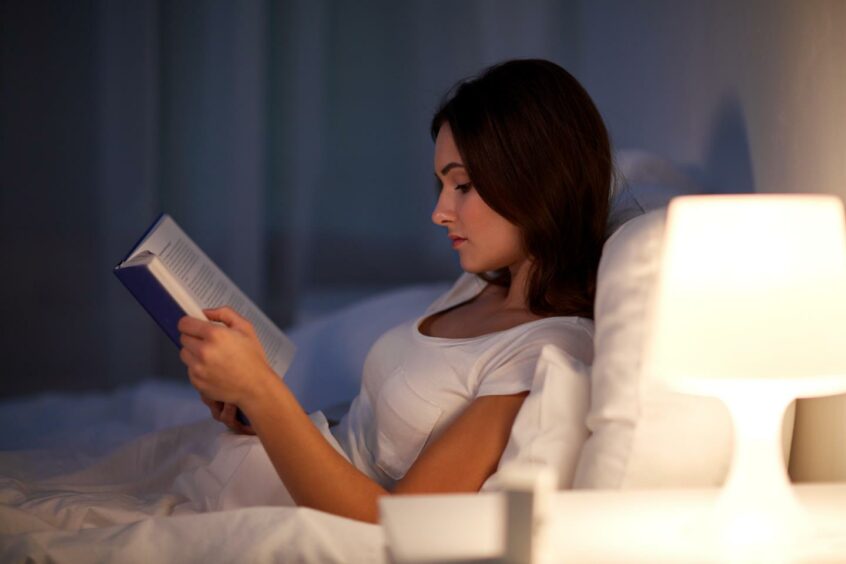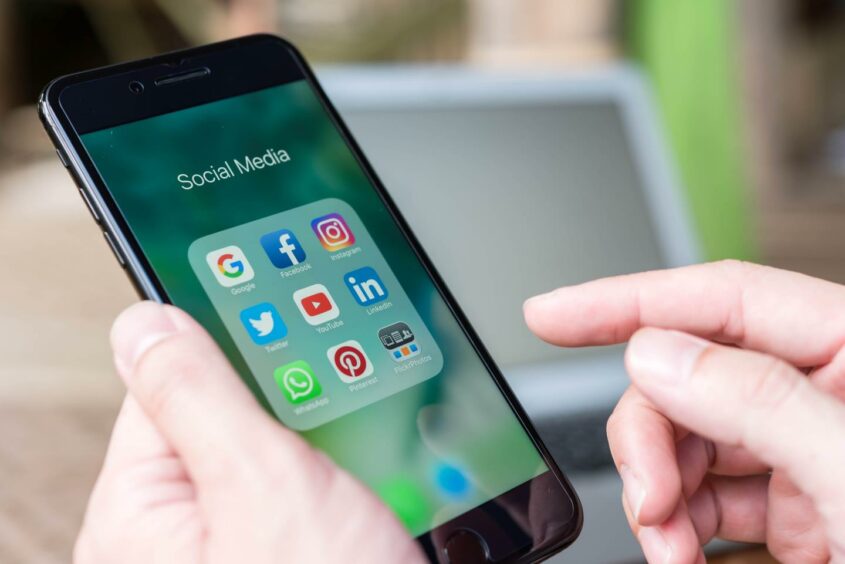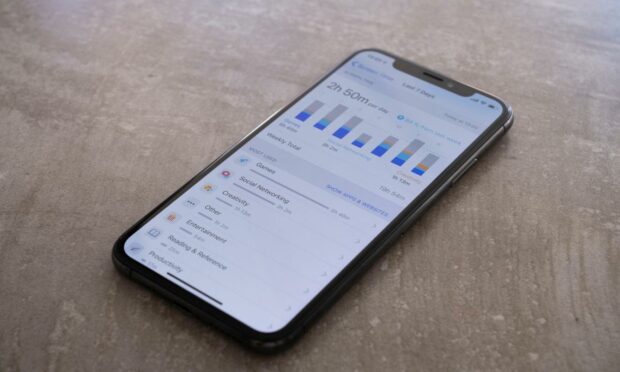The average adult in the UK spends three hours and 25 minutes on their phone every day, despite experts recommending less than two hours per day.
The mental health impacts of too much social media are well documented, with increased screen time linked to poor body image, social isolation, stress, lower mood, anxiety and poor sleep.
Nick Drewe, social media expert at online discount platform Wethrift shares tips on how to stop mindless scrolling on social media.
Monitor your screen time
Experts say adults should limit their screen time – outside of work – to less than two hours per day.

If you really want to separate your work and personal phone time, you could ask your employer for a second phone for work and keep all of your personal apps on another.
This way you can stop yourself from being distracted by social media and other messaging during work hours.
Reading
It’s easy to fall into the habit of picking up your phone in bed and spending a good hour or more on it before falling asleep.
And with your phone’s screen light making it even more difficult to fall asleep and wake up the next day, it’s good to get into the habit of putting it down an hour before bed.

Turn your notification settings off so your phone isn’t buzzing throughout the night, and read a book instead.
Even if you only manage to get through a few pages before drifting off, it is a great distraction from your phone.
It also helps reduce stress and improve the quality of your sleep.
Take addictive apps off your phone
If you find yourself refreshing your Instagram feed every few minutes, constantly checking WhatsApp, or scrolling through Twitter throughout the day, you’re probably browsing too much.

Logging out of these apps won’t be enough, as your brain is wired to open them subconsciously.
Uninstalling them from your phone for a week or two will break that mindless habit and leave you with no option but to focus on other things.
Put your phone in another room
It isn’t necessary to have your phone in your hand whilst you eat dinner, watch TV, or catch up with friends.
Leaving your phone at home or in another room will help you concentrate.
You’ll also be more able to enjoy the things you’re doing with the people you’re with.

The more you do this, the less you’ll rely on having your phone present in these situations.
Activate ‘grayscale’ mode
Social media apps are made more addictive by incorporating certain features that mimic the attributes of gambling methods.
This includes selecting eye-catching colours that make you want to check your phone more often.
Go to settings and activate grayscale, which will make your phone appear less interesting.
‘You need to make some changes’
Nick says: “If you’re starting to realise overusing social media is interfering with your life, work or education, it could be time to consider a digital detox.
“Similarly, if you’re starting to feel guilty about how long you have been spending online or notice it is causing you to become socially isolated, this is a clear indication you need to make some changes.”
